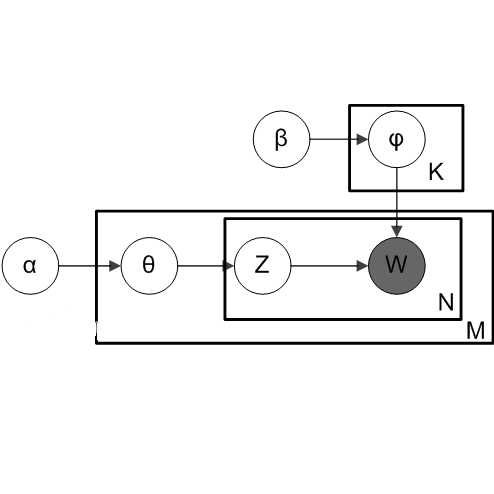The tremendous numbers of network security breaches that have occurred in IoT networks have demonstrated the unreliability of current Network Intrusion Detection Systems (NIDSs). Consequently, network interruptions and loss of sensitive data have occurred which led to an active research area for improving NIDS technologies. During an analysis of related works, it was observed that most researchers aimed to obtain better classification results by using a set of untried combinations of Feature Reduction (FR) and Machine Learning (ML) techniques on NIDS datasets. However, these datasets are different in feature sets, attack types, and network design. Therefore, this paper aims to discover whether these techniques can be generalised across various datasets. Six ML models are utilised: a Deep Feed Forward, Convolutional Neural Network, Recurrent Neural Network, Decision Tree, Logistic Regression, and Naive Bayes. The detection accuracy of three Feature Extraction (FE) algorithms; Principal Component Analysis (PCA), Auto-encoder (AE), and Linear Discriminant Analysis (LDA) is evaluated using three benchmark datasets; UNSW-NB15, ToN-IoT and CSE-CIC-IDS2018. Although PCA and AE algorithms have been widely used, determining their optimal number of extracted dimensions has been overlooked. The results obtained indicate that there is no clear FE method or ML model that can achieve the best scores for all datasets. The optimal number of extracted dimensions has been identified for each dataset and LDA decreases the performance of the ML models on two datasets. The variance is used to analyse the extracted dimensions of LDA and PCA. Finally, this paper concludes that the choice of datasets significantly alters the performance of the applied techniques and we argue for the need for a universal (benchmark) feature set to facilitate further advancement and progress in this field of research.
翻译:在IOT网络中发生的大量网络安全违规现象表明,当前网络入侵探测系统(NIDS)不可靠。因此,网络中断和敏感数据丢失导致了一个用于改进NIDS技术的积极研究领域。在对相关工作的分析中,发现大多数研究人员的目标是通过使用一套未尝试的特性减少(FR)和机器学习(MML)技术的组合,获得更好的分类结果。然而,这些数据集在功能数据集、攻击类型和网络设计方面是不同的。因此,本文件旨在查明这些技术能否在各种数据集中被普遍采用。使用了六个 MLML模型:深度种子前进、进动神经网络、经常性神经网络、决策树、物流回归和纳米湾。三个Feta(FE)变异算法的检测精度(PAC)、Auto-encoder(AE)和Lionar Disriminal 分析(LADA)正在用三个基准数据集来评估这些技术。 ASFSOLL 和T的计算结果显示, AS-SAFSA的每个模型都使用了最佳运算法。





